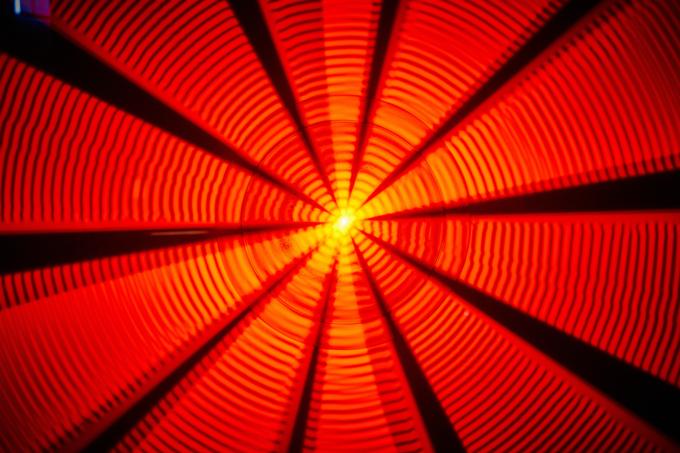"Explore science, art, and human perception in motion at the Exploratorium , a hands-on museum located on San Francisco’s iconic Embarcadero at Pier 15. "
Recommended For
Curious minds of all ages
Engage with immersive exhibits exploring light, sound, biology, and perception
Families and school groups
Hands-on galleries keep kids learning while they play
STEM enthusiasts and educators
Discover professional development programs and cutting-edge educational initiatives
Adults seeking unique nights out
Enjoy Thursday After Dark events with cocktails, music, and mind-blowing science
Highlights & Exhibits
- Osher West Gallery (Human Behavior): Explore memory, emotion, trust, and perception—plus the famous Tactile Dome
- South Gallery (Tinkering): Dive into creativity with build-your-own animations and the iconic Rolling Through The Bay sculpture
- Bechtel Central Gallery (Light & Sound): Examine waves, resonance, color, and more through physics-based experiments
- East Gallery (Living Systems): Learn about ecosystems, dissection demos, and real-time biological phenomena
- Fisher Bay Observatory: Watch tides and ships in motion while exploring local climate data in real time
- Outdoor Gallery: Experience fog sculptures and weather-based exhibits by the Bay
Special Features
- Thursday After Dark: Adult-only evenings with cocktails, music, and themed science demos
- Seaglass Restaurant: Dine with a view of the Bay in a sustainably designed eatery
- Workshops & Teacher Training: Join science education reform through immersive PD opportunities
- Behind-the-Scenes Tours: Go backstage at one of the world’s most inventive museums
Insider Tip
Don’t miss the Tactile Dome—a pitch-black sensory maze you explore entirely by touch. Book early, especially on weekends!
Visitor Information
Location: Pier 15 (Embarcadero @ Green Street), San Francisco, CA 94111
Phone: 415-528-4444
Website: exploratorium.edu
Hours: Tues–Sun 10 AM–5 PM; Thurs 6–10 PM (18+ only)
Plan Your Trip


